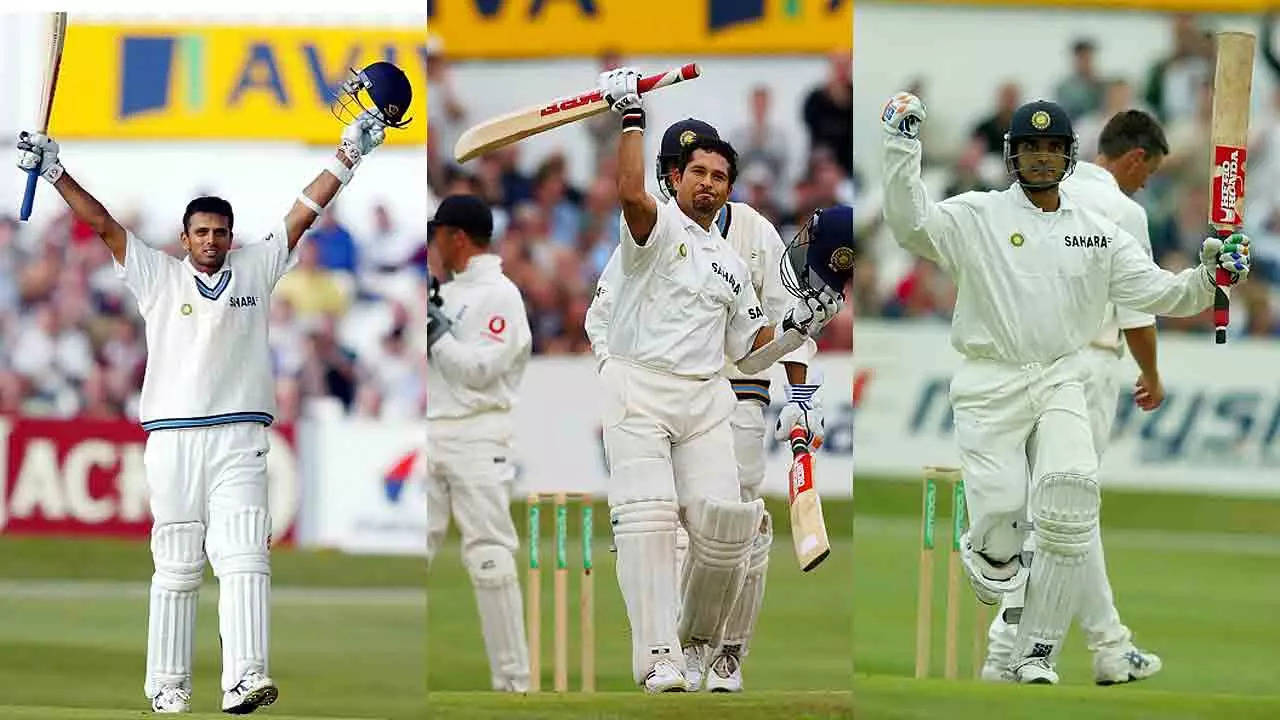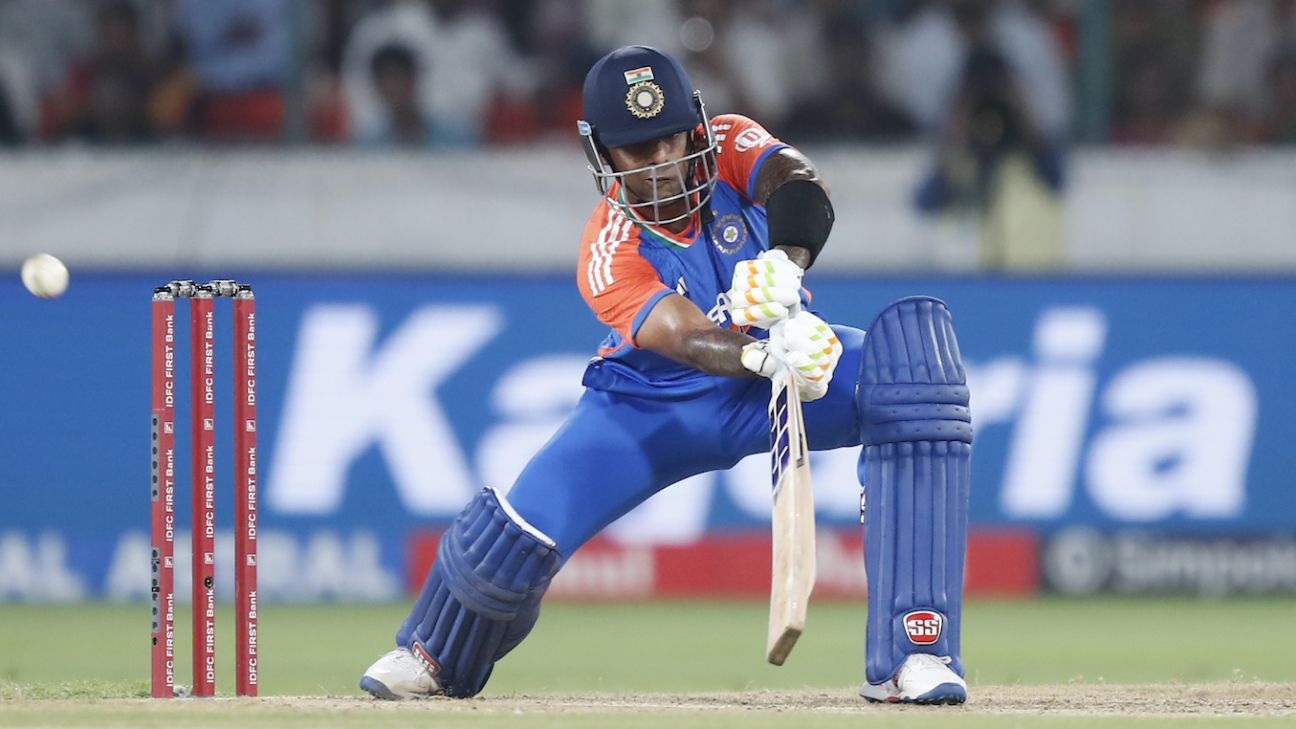India’s Transformation from “Tigers at Home, Lambs Abroad” to Global Conquerors
In the late 1990s, the Indian cricket team was known for its formidable home record but struggled to perform overseas. However, the appointment of Sourav Ganguly as captain in 2000 marked a turning point.
Under Ganguly’s leadership, India’s batting unit, known as the “Fab Five,” emerged as a dominant force. Rahul Dravid, Sachin Tendulkar, VVS Laxman, Ganguly, and Virender Sehwag formed a formidable lineup that could challenge any bowling attack.
By 2002, when India toured England for a four-match Test series, the team had undergone a significant transformation. Dravid had become a rock-solid anchor, Tendulkar’s batting had matured, Laxman had established himself as a match-winner, Ganguly was a fearless leader, and Sehwag had proven his explosive potential.
In the second Test at Nottingham, India faced a daunting task after losing the first Test at Lord’s. However, the Dravid-Tendulkar-Ganguly trio came to the rescue. Dravid scored a gritty 115, while Tendulkar and Ganguly fell just short of centuries with scores of 92 and 99, respectively.
The third Test at Headingley, Leeds, witnessed a historic moment. Batting first, India piled up a mammoth 628/8, their highest team total at the venue. Dravid laid the foundation with a patient 148, adding 170 runs with Sanjay Bangar and 150 with Tendulkar.
Tendulkar and Ganguly then unleashed a batting masterclass, smashing three sixes each and hitting 19 and 14 fours, respectively. Their partnership of 335 runs for the fourth wicket was a testament to their dominance. Tendulkar fell for 193, while Ganguly was dismissed for 128, but their contributions had set the stage for an emphatic victory.
India’s spinners, led by Harbhajan Singh and Anil Kumble, then took over, bowling England out for 234 and 204 to secure a memorable innings and 46-run victory.
This triumph at Headingley was a watershed moment for Indian cricket. It marked the team’s emergence as a global force, capable of winning anywhere in the world. The “Tigers at home, lambs abroad” tag was a thing of the past, as India had transformed into a formidable opponent on any stage.






